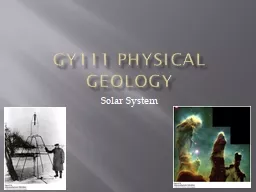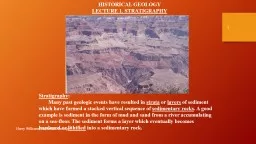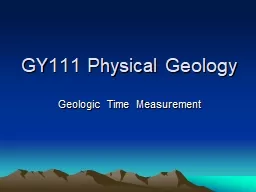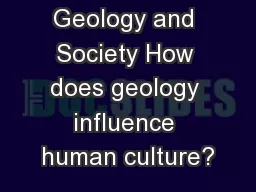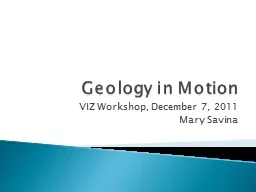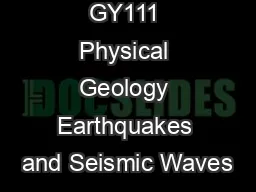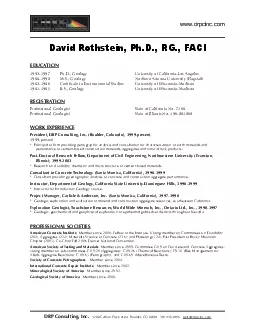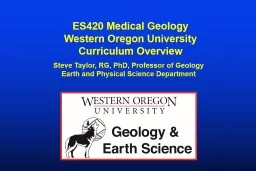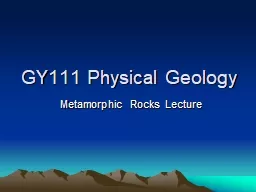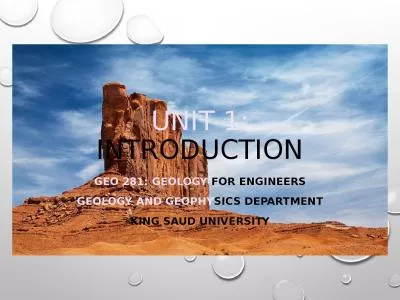PPT-GY111 Physical Geology
Author : karlyn-bohler | Published Date : 2017-07-22
Solar System Nebular Hypothesis Nebular Hypothesis Solar System was produced by the gravitational collapse of a gas cloud the remnant of a supernova explosion
Presentation Embed Code
Download Presentation
Download Presentation The PPT/PDF document "GY111 Physical Geology" is the property of its rightful owner. Permission is granted to download and print the materials on this website for personal, non-commercial use only, and to display it on your personal computer provided you do not modify the materials and that you retain all copyright notices contained in the materials. By downloading content from our website, you accept the terms of this agreement.
GY111 Physical Geology: Transcript
Download Rules Of Document
"GY111 Physical Geology"The content belongs to its owner. You may download and print it for personal use, without modification, and keep all copyright notices. By downloading, you agree to these terms.
Related Documents

